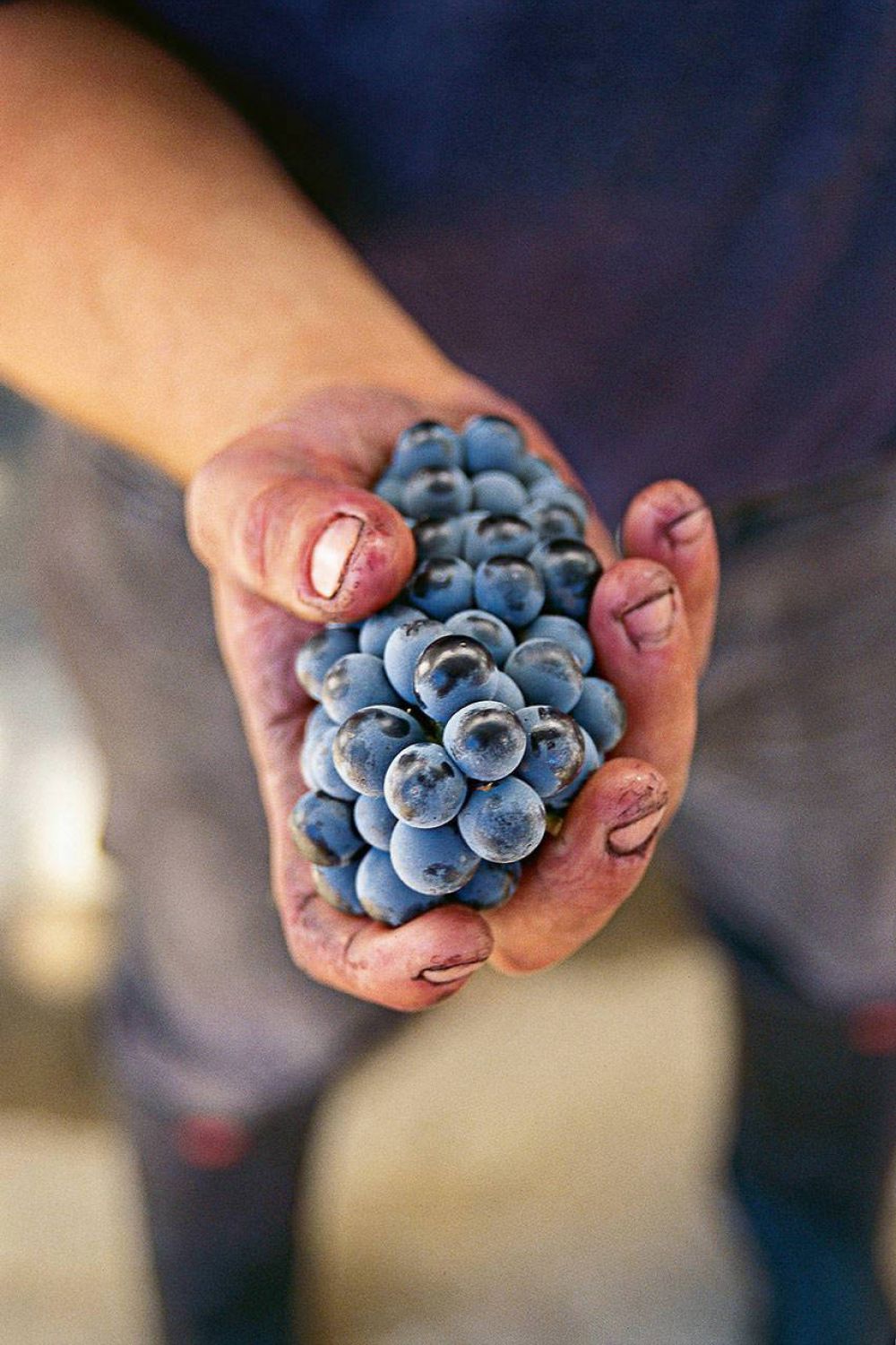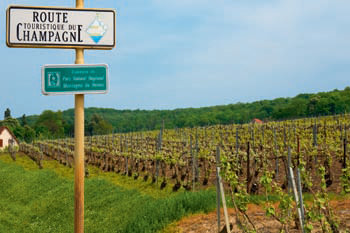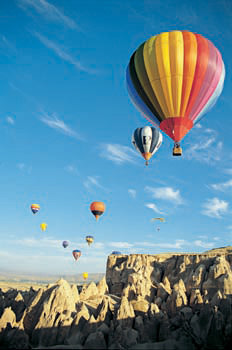Hot air balloon over vineyards in Cappadocia, Turkey
The other-worldly terrain of Cappadocia, with its vaulted volcanic ‘fairy chimneys’, is not exactly somewhere you’d expect to find vineyards. But in fact, this almost lunar landscape is one of the world’s oldest wine producing regions, dating back 4,000 years. Once home to the wine-loving Hittites, and, according to mythology, Greek god of wine Dionysus, the modern wineries here are the legacy of an ancient tradition. And with such a striking backdrop, there’s no better way to see their fields of vineyards than from the air.
Rise before dawn and make your way to the lift point, where you’ll soar up in tandem with the sun as it breaks over the horizon, casting hues of pink, copper and scarlet over the rock formations. Besides the fairy chimneys (pillars of rock moulded by wind and rain), you’ll sail over plummeting valleys, caves leading to underground cities and, of course, the golden tones of the vineyards, which even in the early morning might be filled with harvesters beginning work. This scene has been much the same for millennia and, from above, feels rather timeless. But down below, the wines on offer are thoroughly modern in style – and hugely diverse, too.
With both feet back on the ground, start sipping your way through Cappadocia’s grape varieties, many of them grown here for centuries – juicy, red fruity kalecik karası; plump, plummy öküzgözü; tannic, rustic bogˇ azkere; or if the early autumn sun leaves you in need of a refresher, the pale, blossomy narince, or crisp, fresh emir. Several wineries accept visitors, including Kavaklıdere and Turasan – the latter has vineyards at 1,050 metres above sea level – among the highest in the world.
But whatever your tipple, don’t neglect the historical sites of the region either – much of it is connected to wine. Göreme National Park’s rock-carved churches, underground passages and troglodyte dwellings are joined by rock-carved wine presses and early Christian wall paintings and frescoes depicting wine drinking. Top off the experience by spending the night in a cave hotel in Göreme – you can watch the sun slink back below the horizon over a glass of öküzgözü and a platter of tandir-cooked (tandoori) meats.







